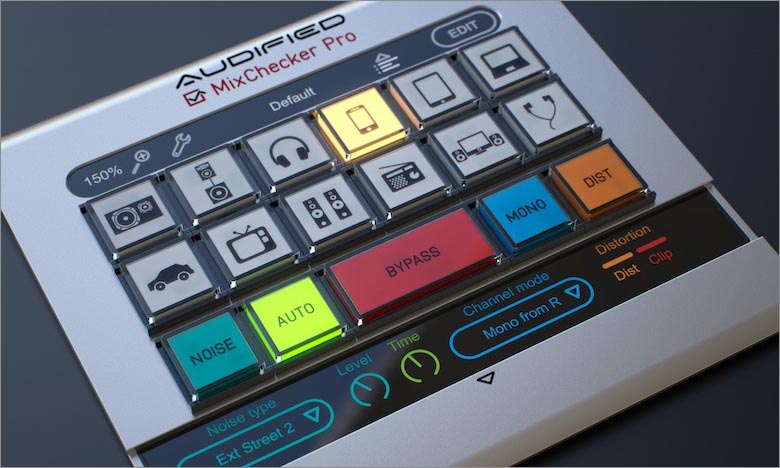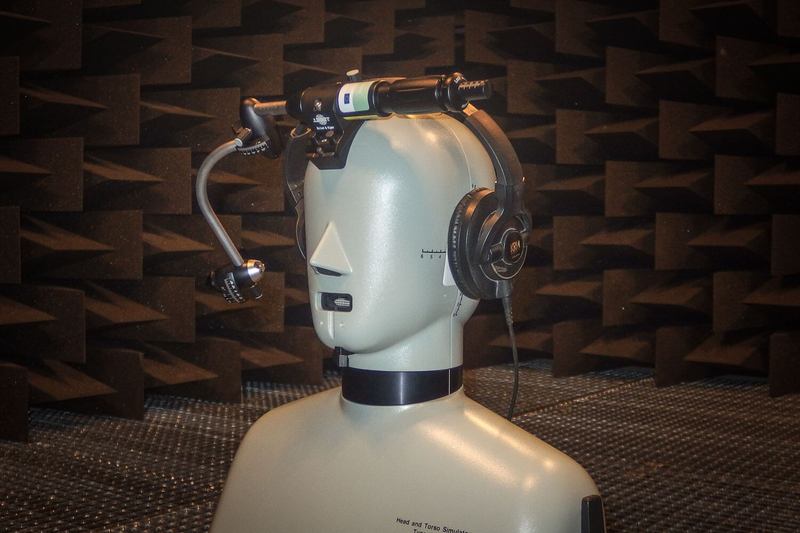
The parallel structure of 2nd-order minimum-phase filters brings extremely low latency, minimal phase distortion, and high stability. The dual-band design brings even more precise modeling at low frequencies without reducing precision at high frequencies. Thanks to the filter design on a warped frequency scale, the frequency resolution of the model takes into account the frequency resolution of the auditory system. More info here: Balázs Bank and Germán Ramos, “Improved Pole Positioning for Parallel Filters Based on Spectral Smoothing and Multiband Warping,” IEEE Signal Processing Letters, vol. The linear part of the model uses transfer function modeling by fixed-pole parallel filters based on the dual-band warped filter design. Main screen controls Theoretical background and measurement details This resets both the current values and the saved default values. In other words, if you open a new instance of MixChecker, the volume settings are the same as they were when you used by the “Save Current Settings As Default” command.

If most of the energy is placed at frequencies where the simulated devices have relatively high or low sensitivity, the result may sound softer or louder than the original.


The basic MixChecker screen offers an effective environment.Īlthough the simulations are volume neutral for average recordings, some materials require a volume correction. Simply, in some cases, the compensation may make the simulation results even worse. If we would take a speaker with a peak at 520 Hz and another speaker with 500 Hz, we could not use a compensation with the average value – the result would be decreased volume at 510 Hz (average compensation) for both speakers and the peaks at 500 and 520 Hz would remain. For a quick check of the recorded material (simulation) we may use the average values of the frequencies with attenuated or increased volumes. The frequency characteristics of real-world devices have many peaks and notches. Why the compensations disappeared MixChecker could have average characteristics for simulated devices but it would require exact characteristics of the speakers used for monitoring. Once the checking is finished, we suggest to fully bypass the plug-in (not only deselecting the simulations).


 0 kommentar(er)
0 kommentar(er)
